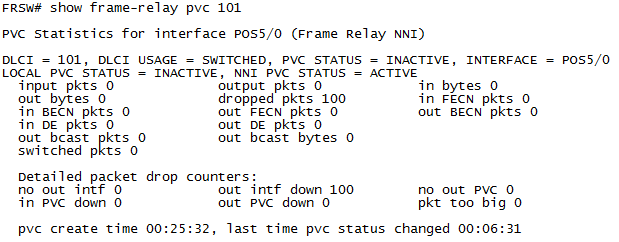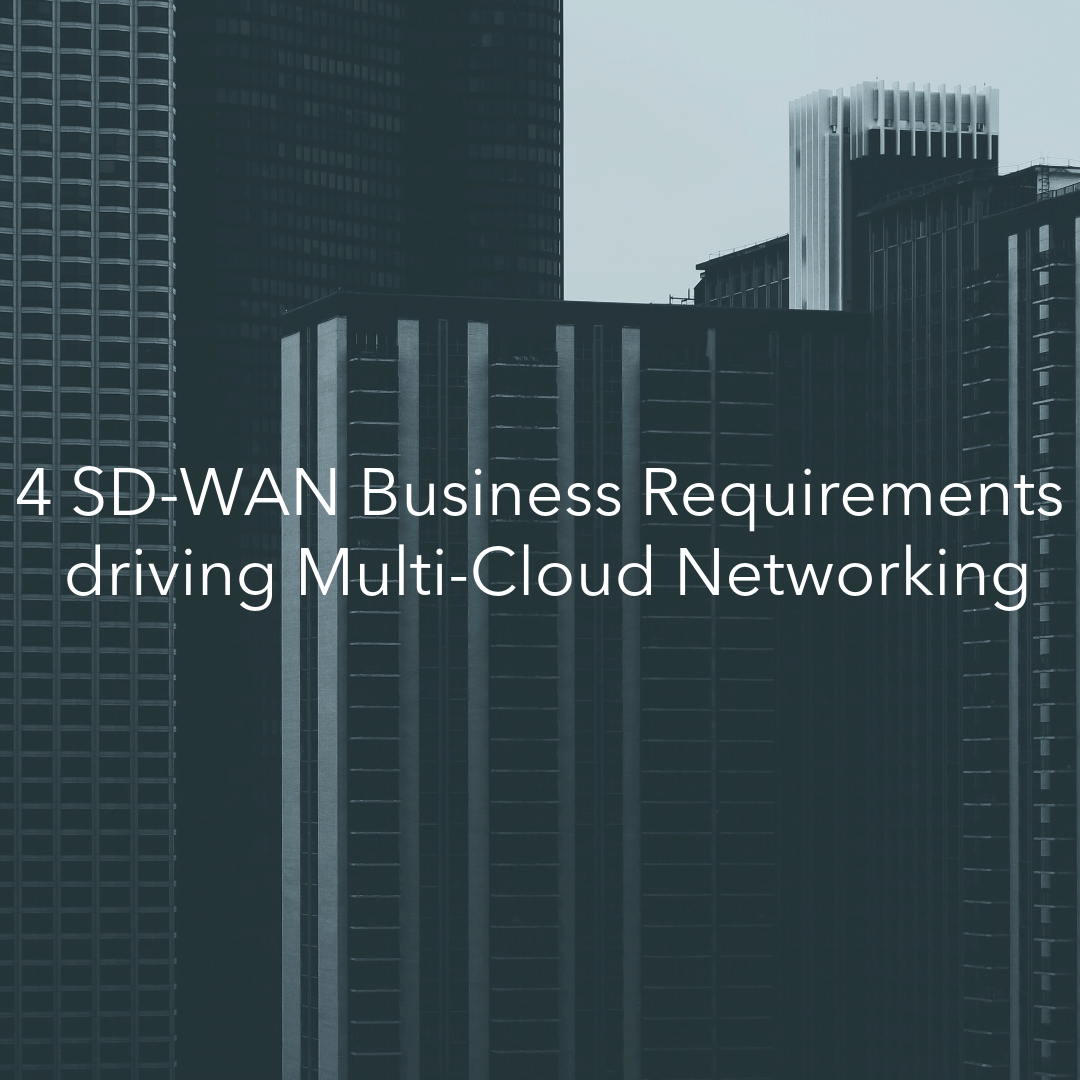I’ve been thinking about this connection quite a bit recently.
Software-Defined Wide Area Networking (SD-WAN) became a huge buzzword in enterprise networking a few years ago, fixing a problem that not every enterprise knew they had.
I would argue that the key drivers that SD-WAN addressed are inherently driving the need for a solution to the challenges of deploying business services across multiple clouds, i.e., the need for Multi-Cloud Networking.
Once again, a problem not every enterprise knows they have.
Think about it
Pre-SD-WAN euphoria (2015), Service Providers offered standardized, cookie-cutter global managed MPLS services that offered route management, segmentation, a certain level of QoS if you paid for it, and a relative level of operational responsibility.
This appealed to large enterprises as they had more flexibility and performance compared to their old Frame Relay and X.25 networks (and, yes, I’m old enough to have configured DLCI’s and wrestled with getting OSPF to run on top).

It was enough until it wasn’t
Suddenly, enterprises realized they needed more:
- 1. Service Flexibility
- They wanted to choose the best service in the best region for the business requirements at hand.
- 2. Security and Compliance
- They needed to control the compliance and security aspects of using a shared infrastructure
- 3. Flexibility in operator interoperability
- They wanted to mix and match connectivity providers without penalizing service availability and performance
- 4. More granular traffic policies
- They wanted to be in control of how traffic moves in the network and align it to business policies and gain visibility
- 5. Lower operational overhead
- They needed standardized skillets and standardized toolsets
Until SD-WAN came along, all this was managed with duct tape and scissors.

Or, more precisely, a complex DMVPN overlay, doubling up on physical devices, over-complicated designs, complex route redistribution policies, and nightmare change windows.
SD-WAN greatly simplified these challenges.
I see the same challenges today in the Cloud.
CSPs offer all the tools you need to build an enterprise-grade network and security infrastructure.
But you have to build and architect it.
You also have to build it specific to the CSP you’re dealing with. Moving to a new CSP implies new skills, a new design, and new test and validation prerequisites, not to mention the new operational overhead.
Once again, infrastructure engineers are stocking up on duct tape.

What we need is amazingly close to what we identified above for SD-WAN:
- Service Flexibility
- We want to choose the best CSP for the business challenge we are facing
- Security and Compliance
- We want to deploy consistent enterprise standard security and compliance solutions
- Flexibility in operator interoperability
- We want to interconnect CSPs seamlessly and securely
- More granular traffic policies
- We want centralized traffic policies and complete visibility
- Lower operational overhead
- Standardized skill sets and standardized toolsets
CSP native constructs are enough until they aren’t. However, by the time you realize it, it may be too late.



